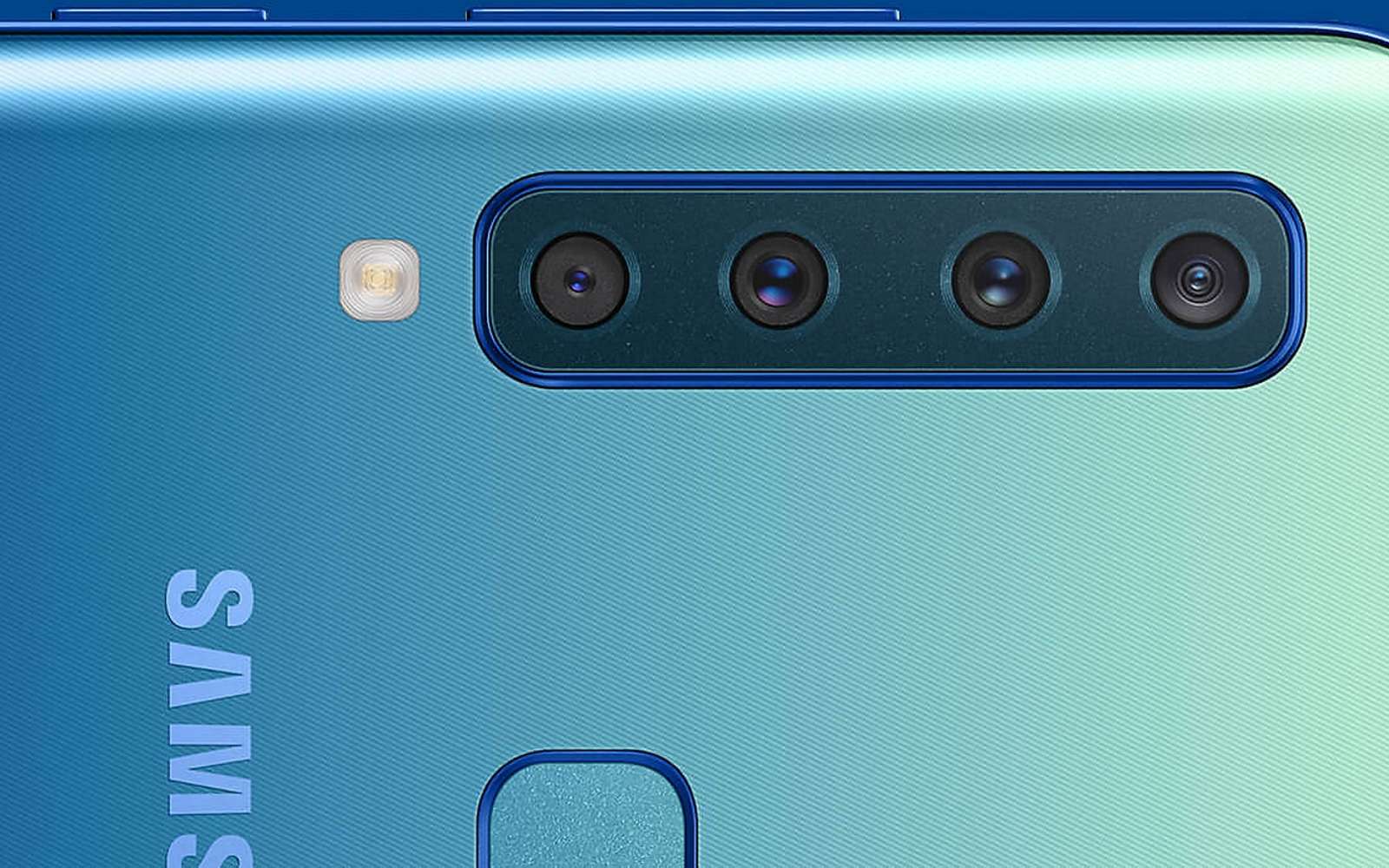108 megapixels! Who says better? This is, in any case, what will offer the photo modules of future smartphones at Xiaomi. This race with megapixels makes it possible to better capture the light in the dim light.
On the side of the photo modules on the back of smartphones, with the proliferation of sensors and the reinforcement of AI, it was thought that the race for megapixels had calmed down. Evidenced endowed moving picture, such as Google Pixel 3 and its unique photo sensor back 12 megapixels. It seems that among Chinese manufacturers, the increase in pixel density remains fashionable, as is the case for the OnePlus 7 Pro and its 48-megapixel sensor, for example.
And today, as highlighted by the IT Home website, Xiaomi announced the arrival of a sensor reaching 108 megapixels in future models! According to the Ice Universe Twitter account, the sensor in question would have been developed by Samsung. In competition with Sony and its IMX586 of 48 megapixels, the Korean already proposes a sensor Isocell GW1 culminating at 64 megapixels which will equip the future Redmi at Xiaomi.

The binning pixel
Technically, with such a sensor, he could shoot 12032 x 9024 pixels. However, this megapixel race is very different from the previous one. In reality, it is not a question of going up as much in definition, but especially of increasing the capacity of the apparatus to catch the light in difficult conditions.
Thus, the pixels are grouped by four. This is called pixel binning. In the end, the sensor produces the equivalent of 27 megapixels. That said, on the side of Samsung, nothing has filtered on the output of such a sensor. Still, according to Ice Universe information, Xiaomi would have the exclusivity. It may be a way to have it tested by a competitor so that it can be optimized in the future.